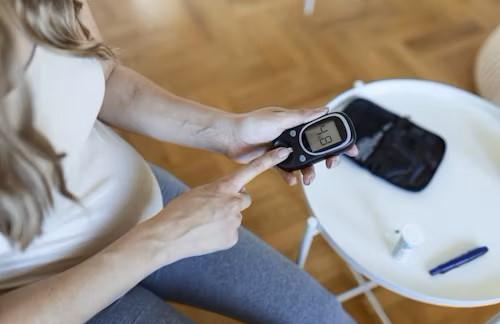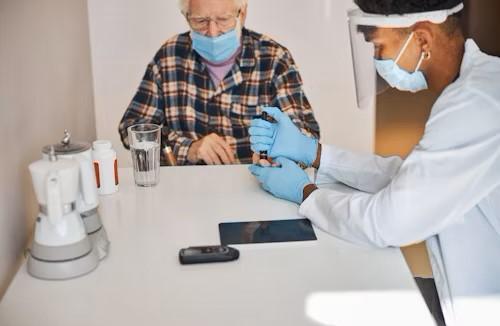Diabetes is one of the most common chronic diseases worldwide. It affects millions of people and can lead to serious health problems if not managed properly. While it cannot always be cured, it can often be managed through lifestyle changes, medication, and regular monitoring.
1. What Is Diabetes?
Diabetes is a condition where the body has trouble regulating blood sugar (glucose). Glucose comes from the food we eat and is the body's main source of energy. Insulin, a hormone made by the pancreas, helps move glucose from the blood into the cells.
In people with diabetes:
- The body doesn't make enough insulin, or
- The body can’t use insulin properly (called insulin resistance)
As a result, sugar builds up in the blood instead of being used by the cells.

2. Types of Diabetes
Type 1 Diabetes
- Usually develops in children or young adults
- The body’s immune system attacks the insulin-producing cells in the pancreas
- People with Type 1 need to take insulin every day (Atkinson et al., 2014)
Type 2 Diabetes
- Most common type
- Often linked to obesity, lack of exercise, and family history
- The body becomes resistant to insulin or doesn't produce enough
- Can sometimes be managed with lifestyle changes, though medication is often needed (American Diabetes Association, 2022)
Gestational Diabetes
- Occurs during pregnancy
- Usually goes away after birth but increases the risk of developing Type 2 diabetes later (Ferrara, 2007)
3. Symptoms of Diabetes

Common signs include:
- Frequent urination
- Excessive thirst
- Increased hunger
- Fatigue
- Blurred vision
- Slow-healing wounds
Some people, especially with Type 2 diabetes, may have no symptoms at first.
4. Risk Factors
- Being overweight or obese
- Poor diet and lack of exercise
- Family history of diabetes
- High blood pressure or high cholesterol
- Age (risk increases after 45)
- For women: having gestational diabetes or polycystic ovary syndrome (CDC, 2022)
5. Complications
If not controlled, diabetes can lead to:
- Heart disease and stroke
- Kidney damage (diabetic nephropathy)
- Nerve damage (diabetic neuropathy)
- Eye problems, including blindness (diabetic retinopathy)
- Foot problems, including infections and amputation
That’s why managing blood sugar is critical.

6. Diagnosis and Monitoring
Diabetes is usually diagnosed through:
- Fasting blood sugar test
- A1C test (shows average blood sugar over 2–3 months)
- Oral glucose tolerance test
People with diabetes monitor their blood sugar daily using glucose meters or continuous glucose monitors (CGMs).

7. Treatment and Management
Treatment depends on the type, but often includes:
- Healthy diet: Low in sugar and refined carbs, high in fiber
- Regular exercise: Helps lower blood sugar naturally
- Weight management
- Medications: Including insulin, metformin, or others
- Regular checkups: To monitor for complications
With proper care, many people live long, healthy lives with diabetes.

Conclusion
Diabetes is a serious but manageable condition. Understanding the types, symptoms, and risk factors is the first step. With the right lifestyle choices, regular monitoring, and medical support, people with diabetes can lead active and fulfilling lives.
References
- Atkinson, M. A., Eisenbarth, G. S., & Michels, A. W. (2014). Type 1 diabetes. The Lancet, 383(9911), 69–82.
- American Diabetes Association. (2022). Standards of Medical Care in Diabetes—2022.
- Ferrara, A. (2007). Increasing prevalence of gestational diabetes mellitus: a public health perspective. Diabetes Care, 30(Supplement 2), S141–S146.
- Centers for Disease Control and Prevention (CDC). (2022). Diabetes Risk Factors. Retrieved from: https://www.cdc.gov/diabetes
Leave a comment
Your email address will not be published. Required fields are marked *

